Marshall pays tribute to the amp that started the legend with the all-new compact 20-watt Studio JTM
The British amp company releases the Studio JTM in head and combo formats with matching cabinet to mark what would have been founder Jim Marshall’s 100th birthday
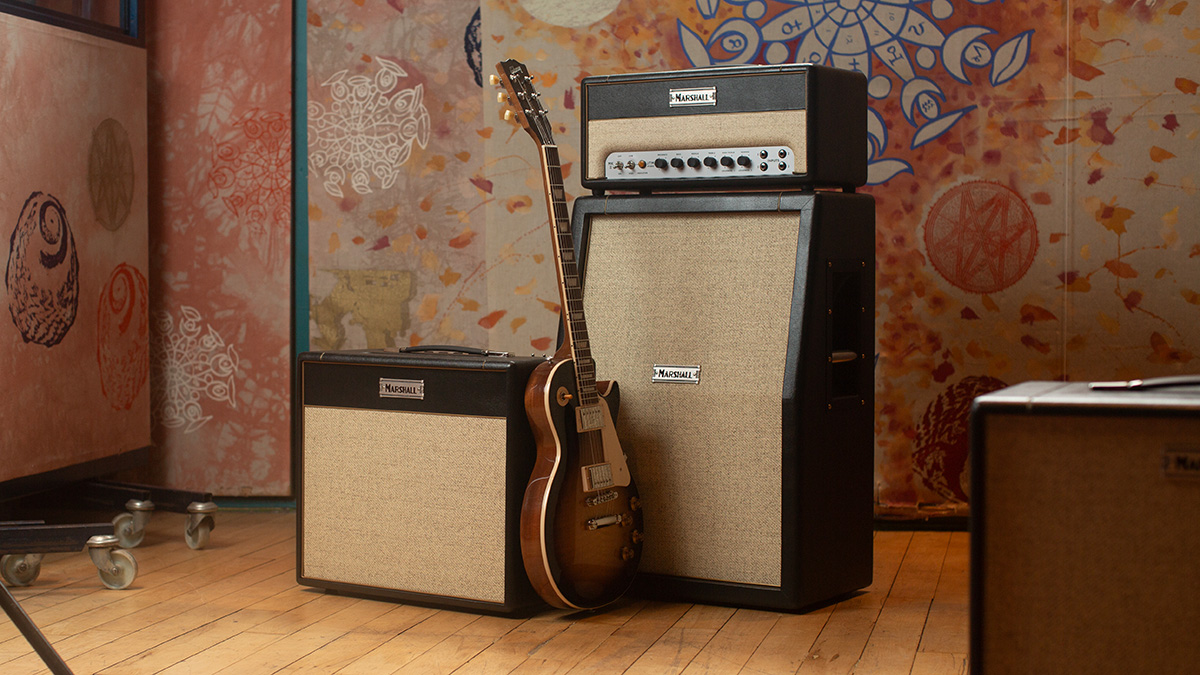
Marshall has welcomed the latest addition to its ever-popular Studio series as it marks late founder Jim Marshall’s 100th birthday with the launch of the Studio JTM.
Read our review of the new amp here.
The Studio JTM is a compact, 20-watt tube amp that’s available as a standalone head or as a combo, with a matching 1x12 and 2x12 speaker cabinets rounding out the release.
The year might be 2023 but stylistically – not to mention tonally – this is an amp that turns the clock back to the early ‘60s, and a febrile time for popular music, electric guitar tone, and the amplifiers behind it.
The JTM45 was Marshall’s first guitar amp, taking its name from Jim and Terry, Jim’s son and co-designer’s name, and the amp’s 45-watt output. The Studio JTM is built and designed in the same spirit as the original.
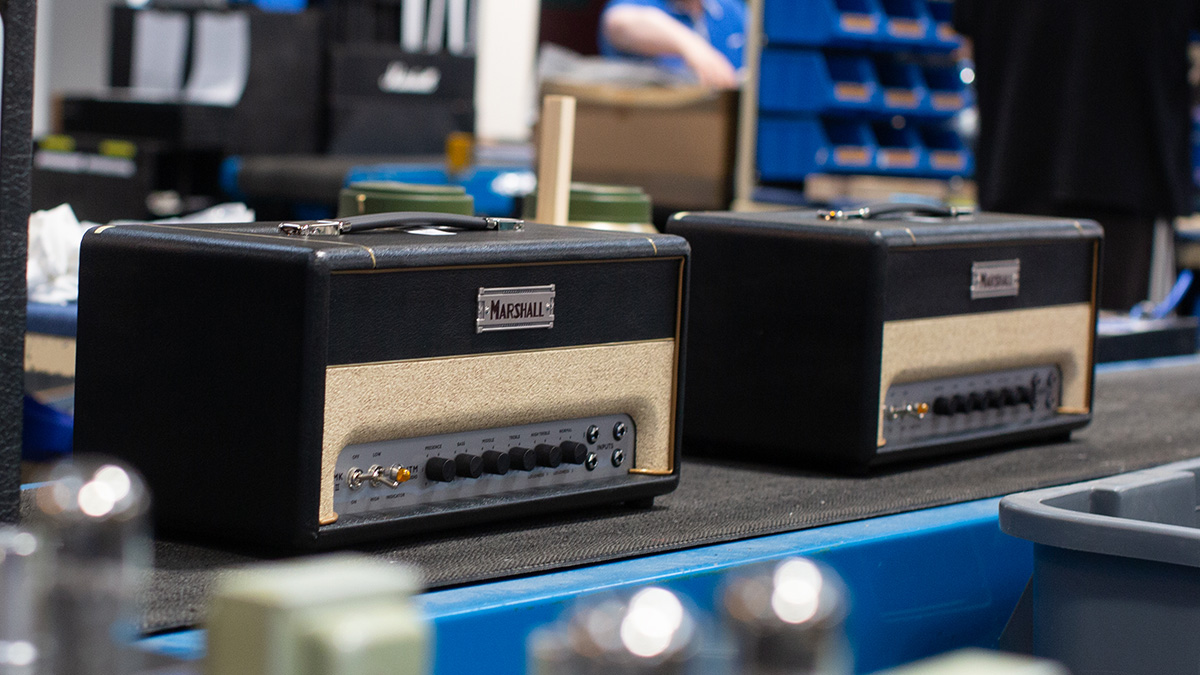
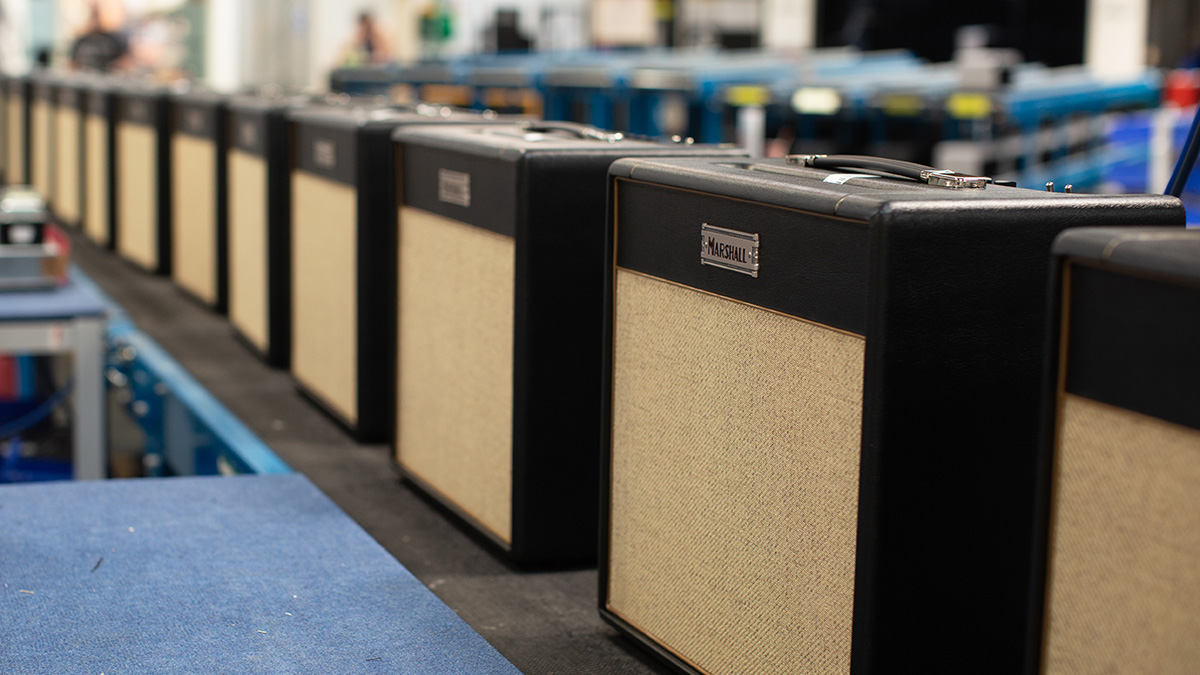
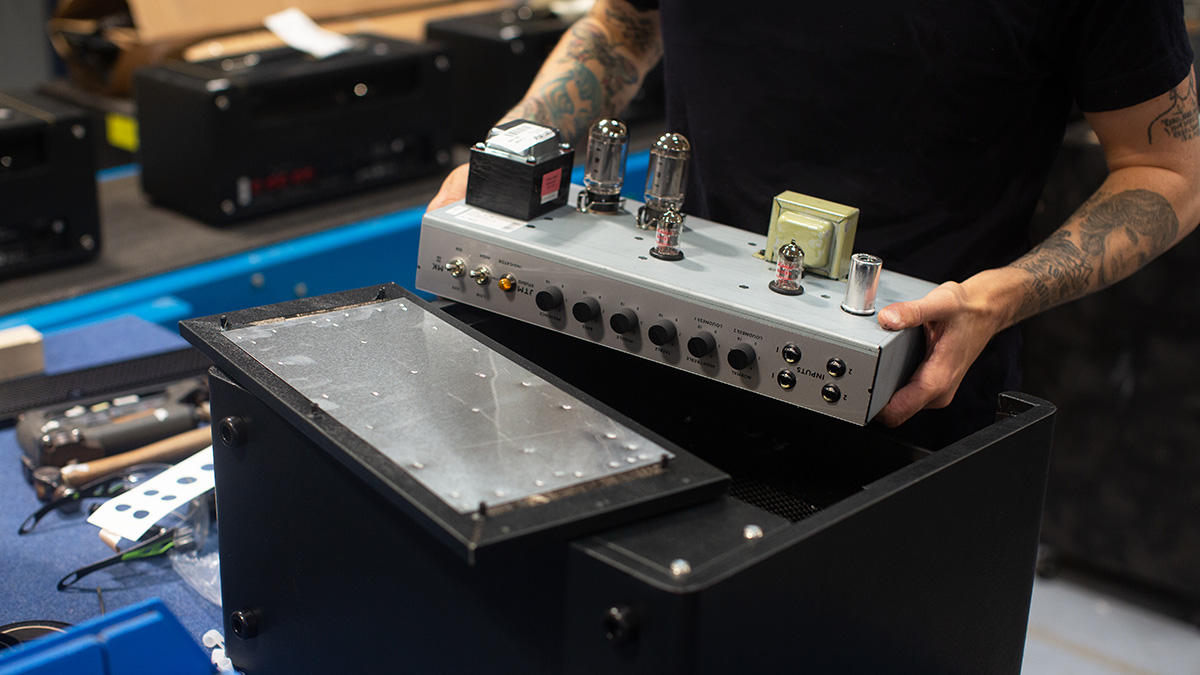
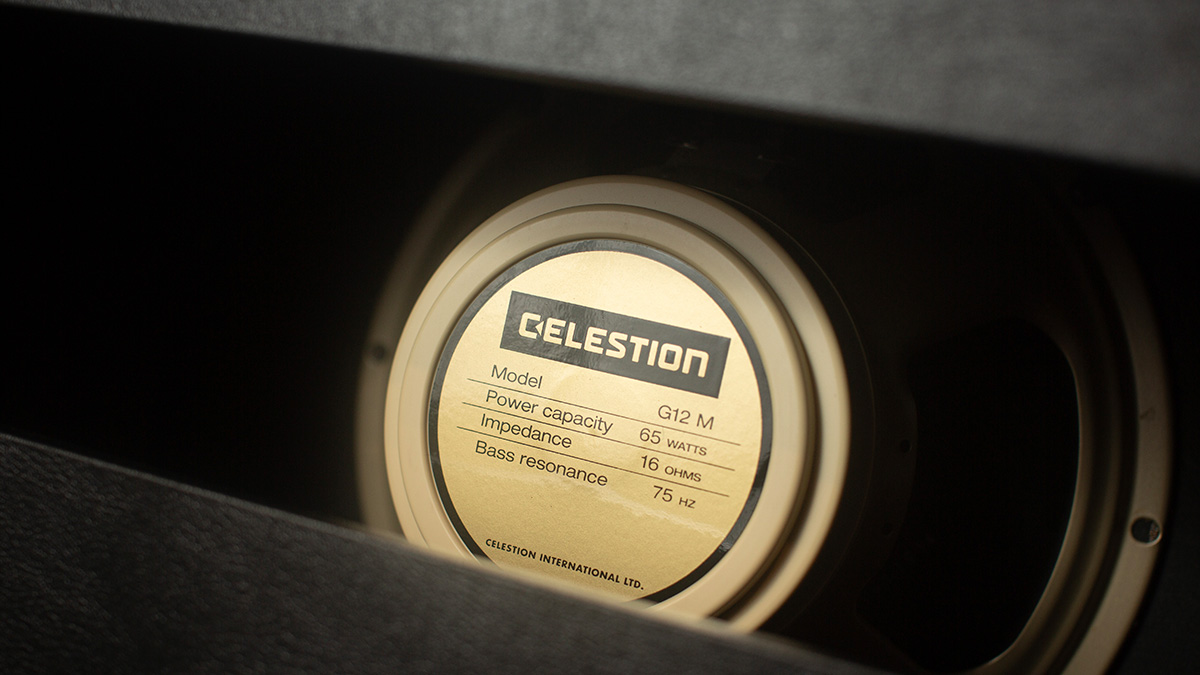
The aesthetic is uncanny, with the fawn-coloured cloth used on the amp’s front and speaker grille, and the red enamel poured ‘coffin’ logo – the black text on gold that became the Marshall trademark had yet to be designed in those days. Terry Marshall says the proof is in the sound.
“When I was demonstrated the Studio JTM it took me back to my original JTM45,” he said in a statement. “It was my sound…I feel like it is going to be something special.”
It is also going to be lighter. The JTM45 was not an amp you would relish carrying up two flights of stairs at a venue.
And in this era of quieter stage volumes, and at-home practice settings not quite getting the best out of a tube amp, it is good to see the Studio JTM has some onboard power attenuation, and can be run at a more housetrained 5-watts.
There are more modern appointments, such as the amp’s speaker emulated DI output for going direct when recording. Pedalboards weren’t really a thing in 1962 but they are now, and Marshall has them covered with an effects loop.
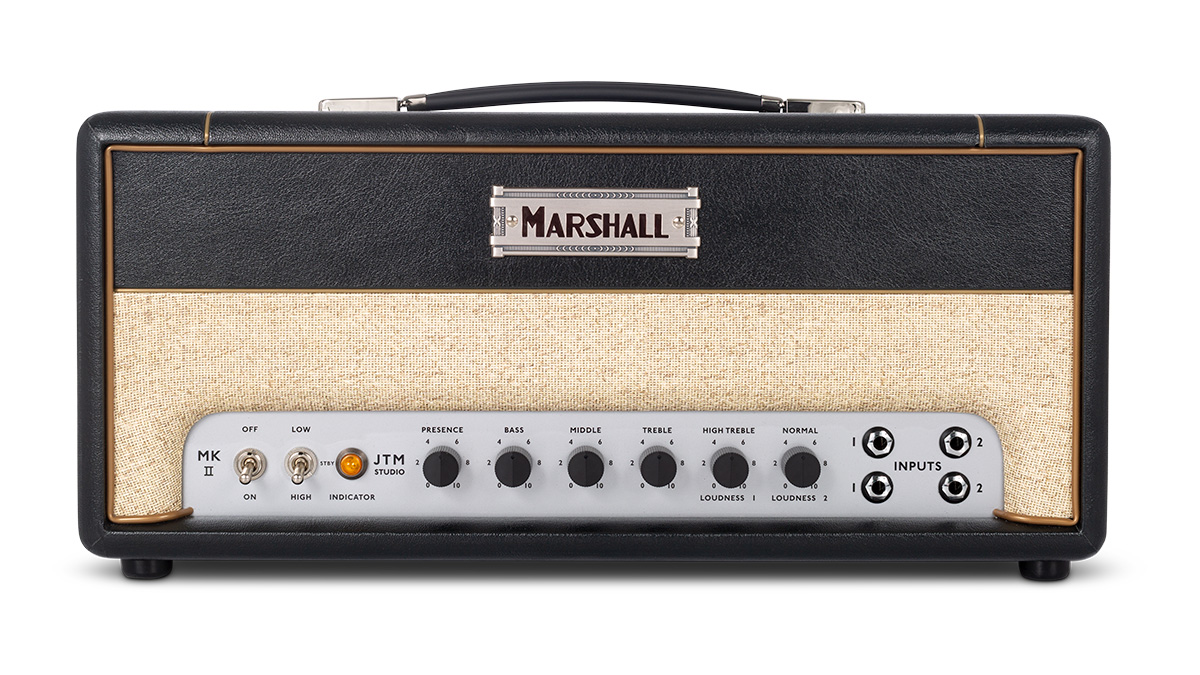
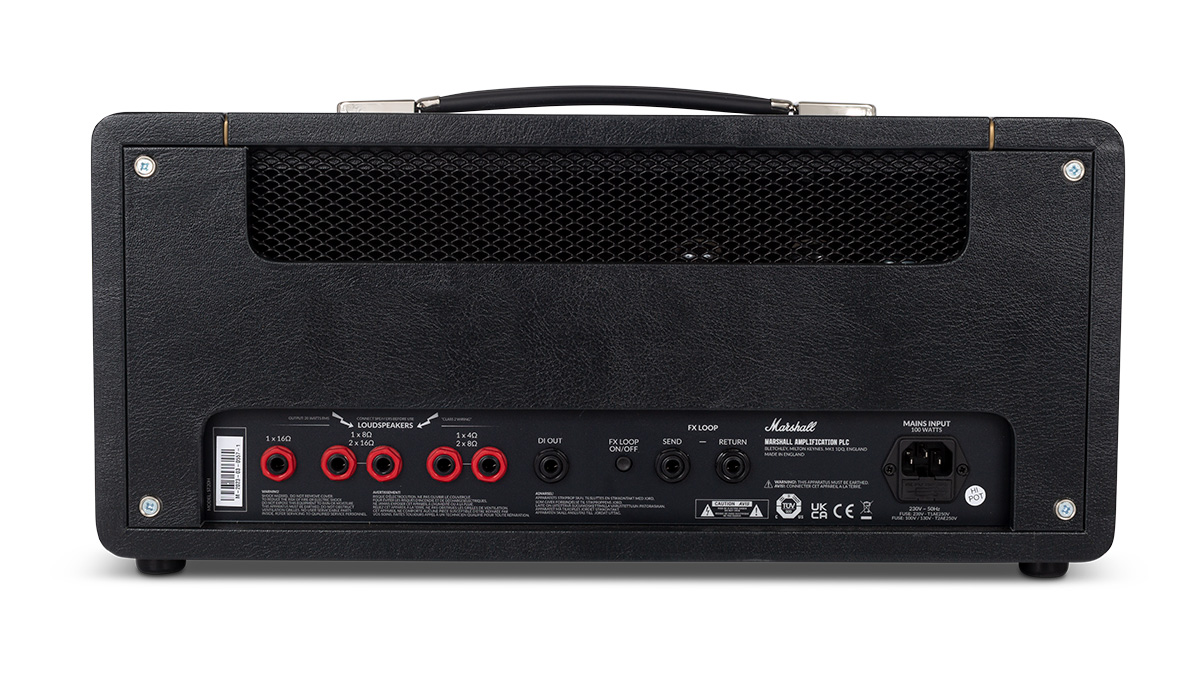
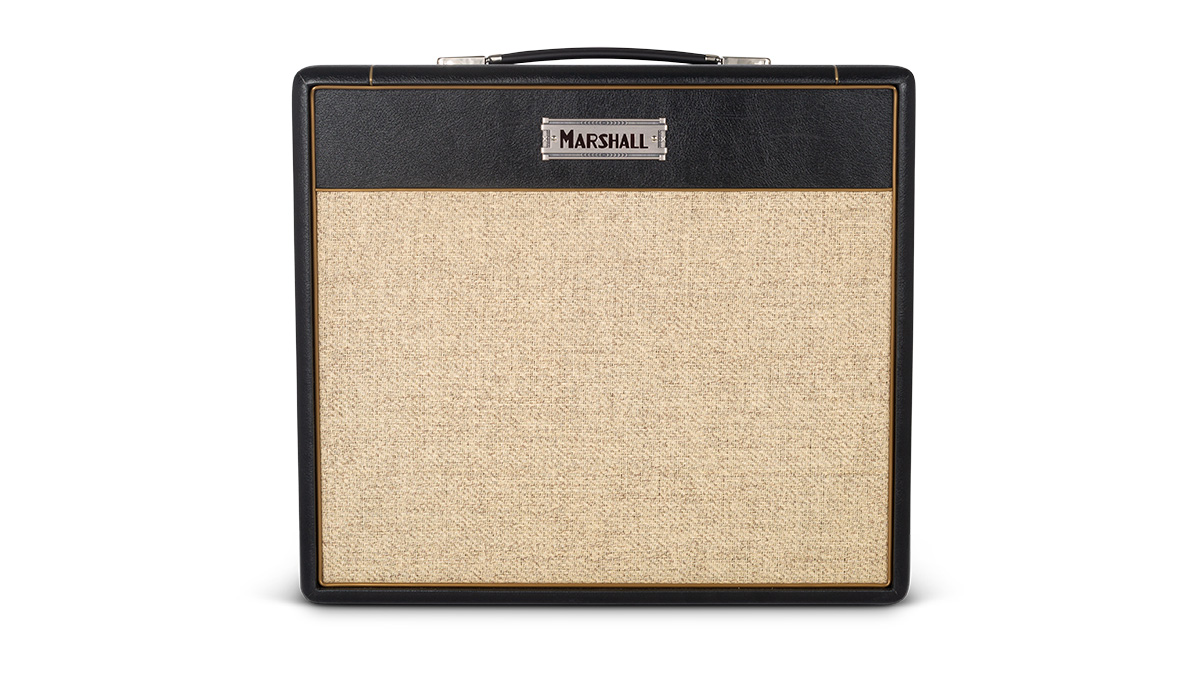
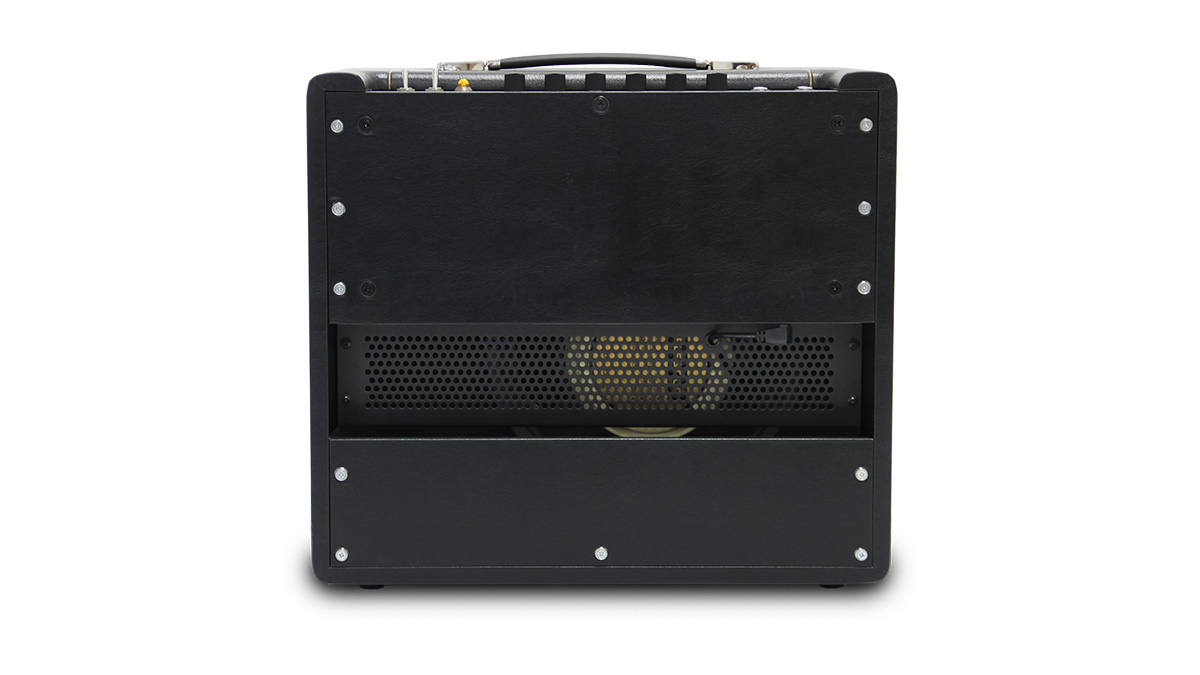
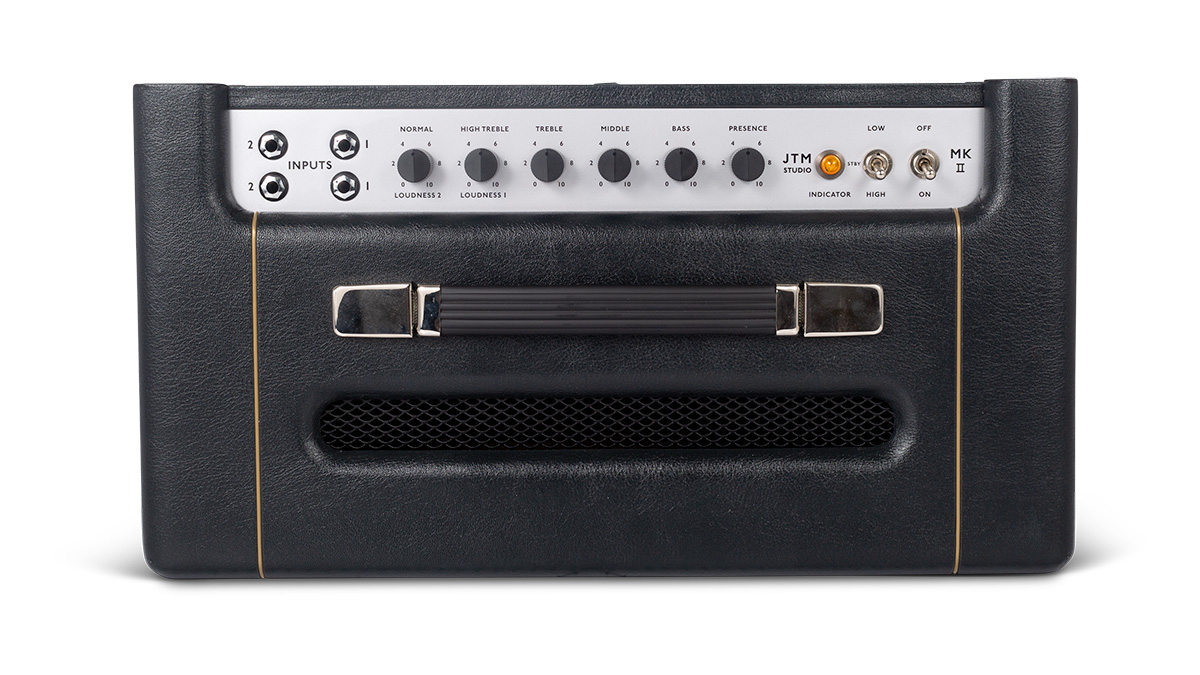
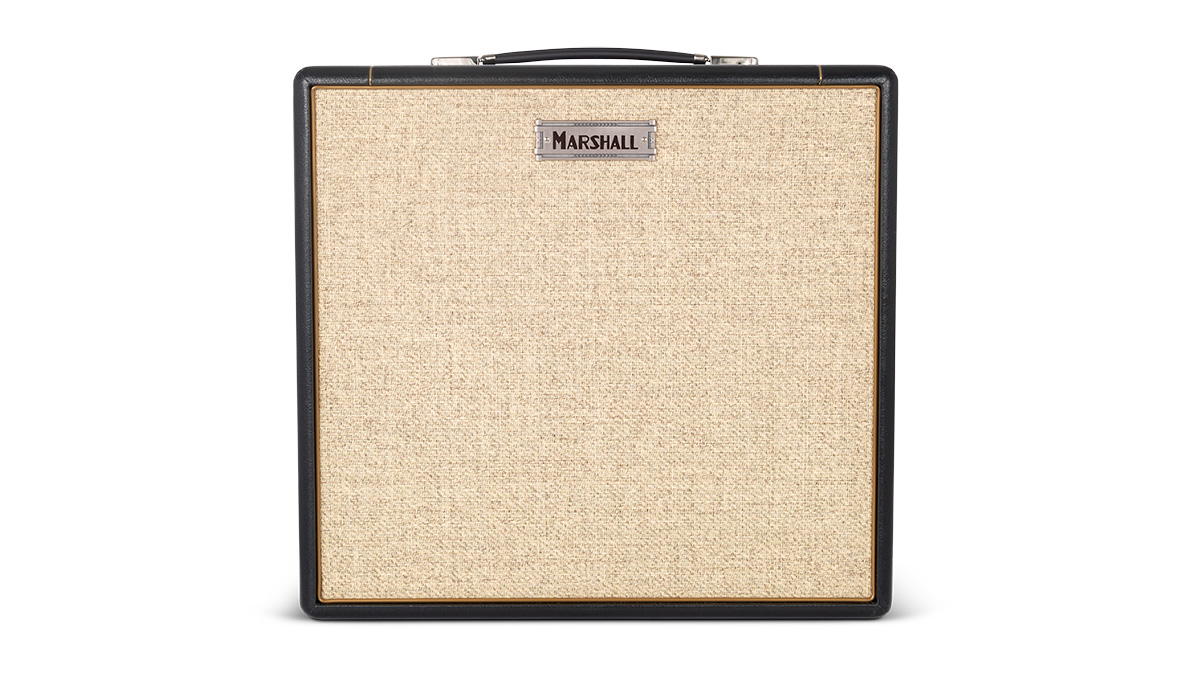
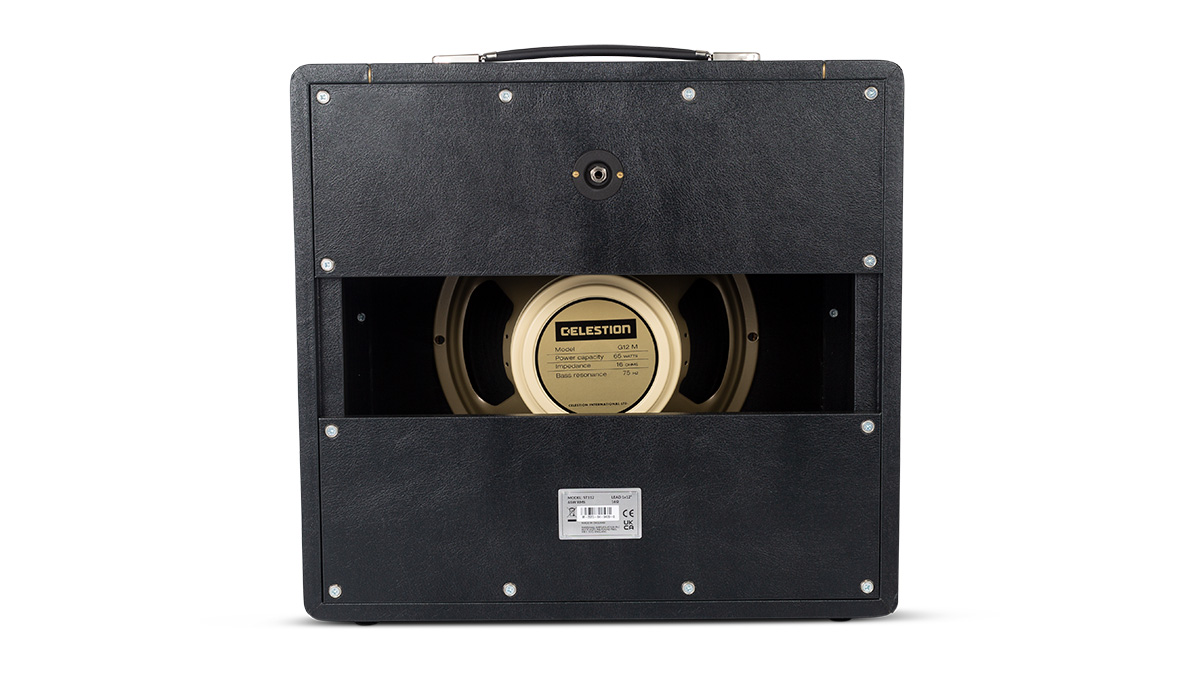
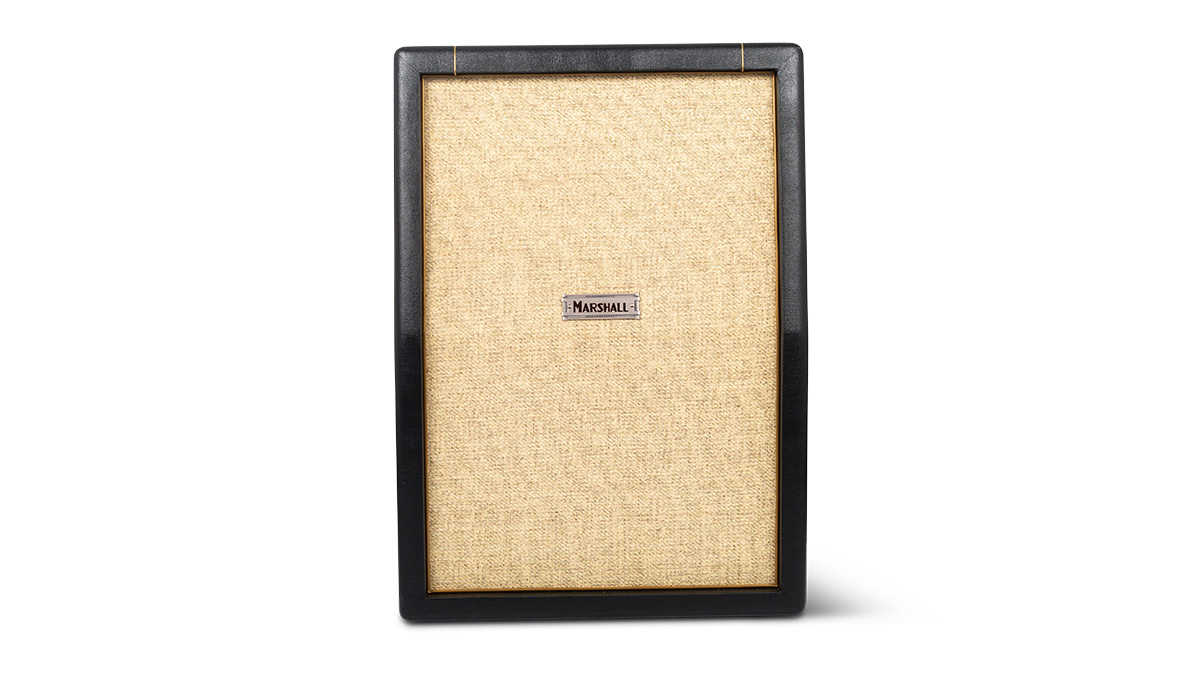

Under the hood, the Studio JTM has a similar configuration of tubes to the others in the series, with a pair of ECC83 valves in the preamp, a pair of 5881 power tubes, and a ECC83 phase splitter. The combo and the accompanying cabinets are loaded with G12M-65 Creamback Celestion 12” drivers.
The front panel has your usual power and standby switches, four inputs for the MKII JTM's two High Treble and Normal channels, each with their own volume knob, plus Bass, Middle, Treble and Presence controls.
The Studio JTM is Marshall’s first gear release since being sold to Swedish speaker company Zound in March. Back then we asked the question, ‘What next for its amp line?’ Not it looks like we have the answer, and it looks like business as usual.
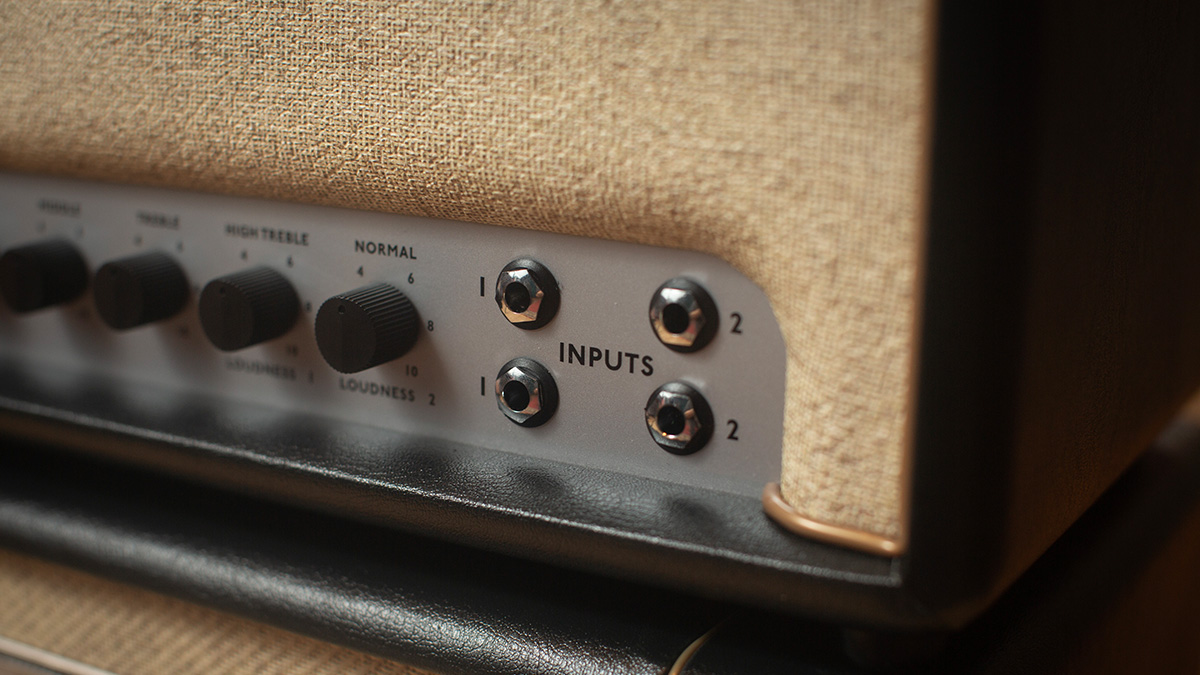
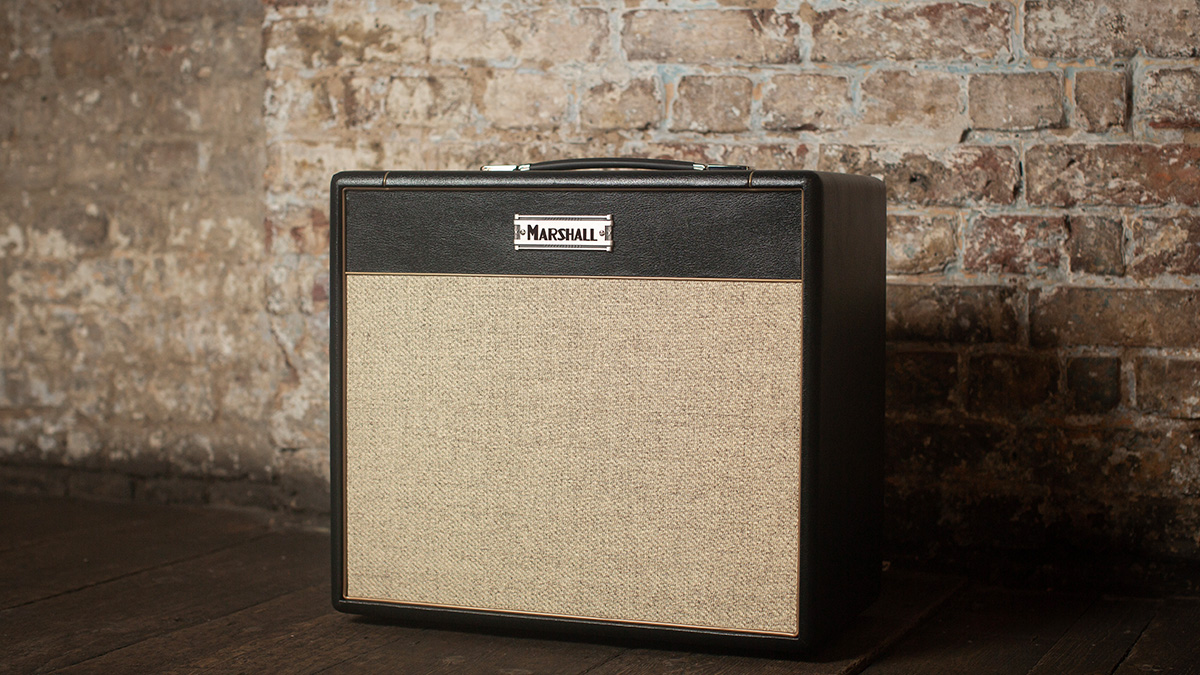
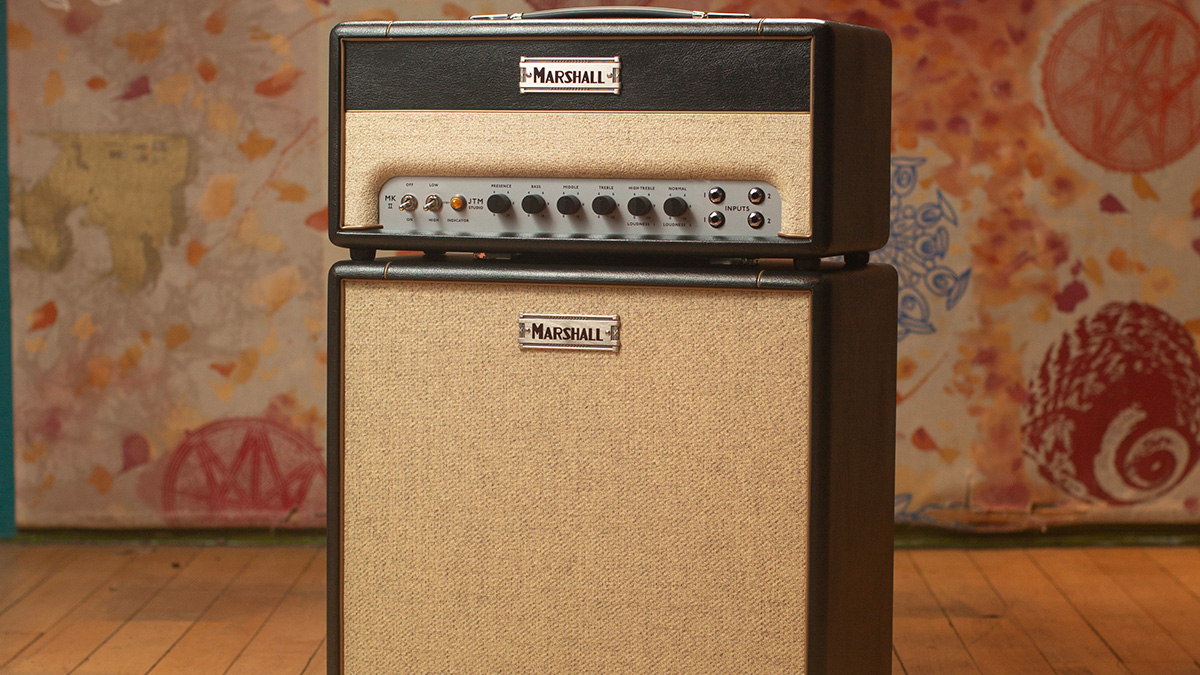
This is the company’s second major release of the year, following the return of the launch of its Vintage Reissue pedals in February. The amps are made in the UK at Marshall’s Milton Keynes factory, and are available now.
The Studio JTM ST20H 20W head is priced £1,075/$2,350, the ST20C combo is £1,279/$2,650, while the ST112 1x12 and ST212 2x12” cabinets are priced £565/$1,480 and £765/$1,850 respectively. See Marshall for more details and read our Marshall Studio JTM ST20H 20W head & ST212 cab review.
Jonathan Horsley has been writing about guitars and guitar culture since 2005, playing them since 1990, and regularly contributes to MusicRadar, Total Guitar and Guitar World. He uses Jazz III nylon picks, 10s during the week, 9s at the weekend, and shamefully still struggles with rhythm figure one of Van Halen’s Panama.
